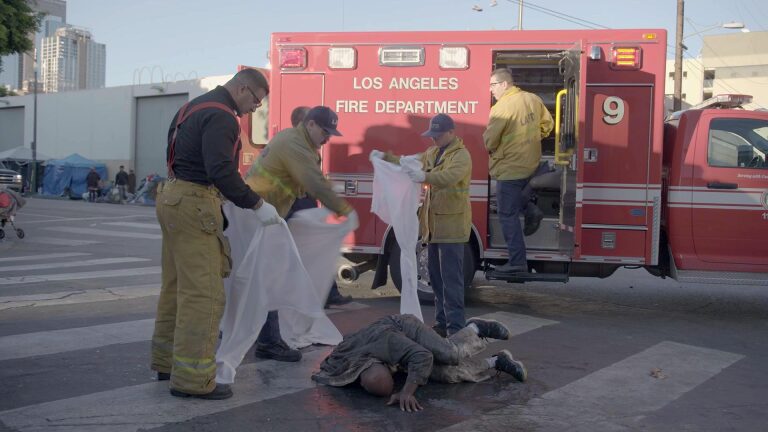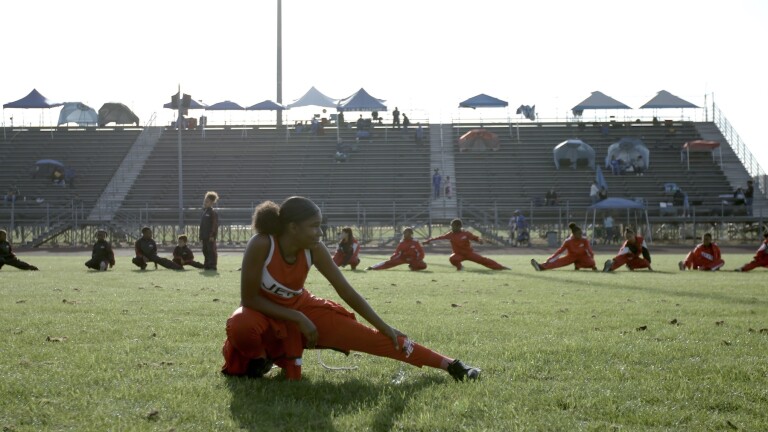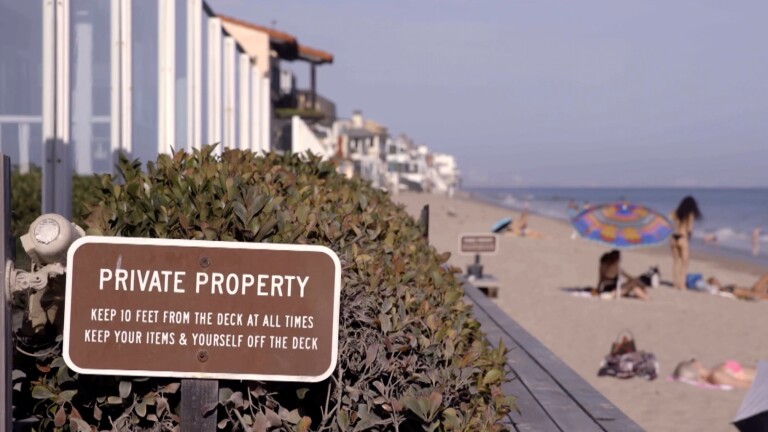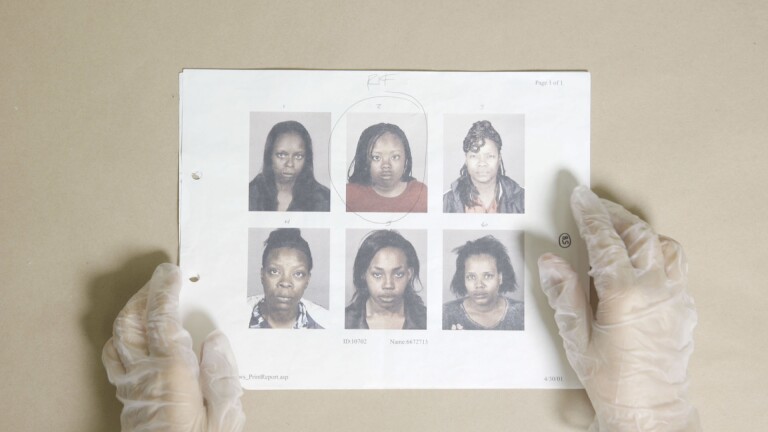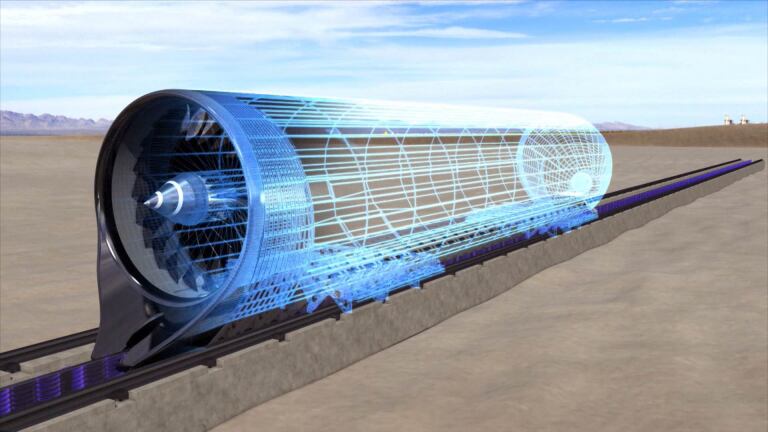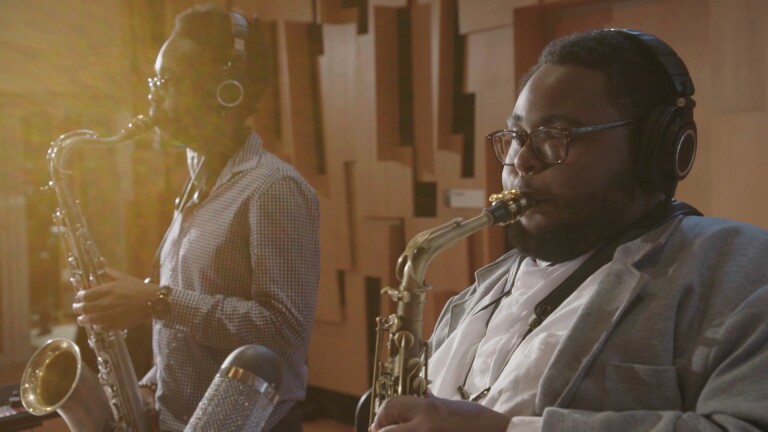All Aboard the 19th Century
A steam locomotive built when President Woodrow Wilson was in office is still going strong in Fillmore, California. It was rescued, restored and rebuilt by train lover Dave Wilkinson, owner of the Fillmore & Western Railway. Reporter Val Zavala climbs onboard and steps back in time to enjoy the classic charm of a 1913 steam powered train.
Transcript
Val Zavala: It’s a Baldwin Steam 2-8-0 engine, but you and I would call it an old fashion steam locomotive right out of history. It was built in 1913, the year President Woodrow Wilson took office. But it fell on hard times and by the 1990’s it was laying in parts in Dodge City, Kansas out of service for more than 30 years. That's when it came to the attention of Dave Wilkinson.
Dave Wilkinson: They're national treasures. It’s what built America. It did. I mean these old engines worked before the transcontinental all the way in building America from one end to the other.
Val Zavala: Dave is a life-long lover of railroads and trains. He bought this engine in 2000, had it shipped to Fillmore by train of course, and slowly restored it. Today it's back on the tracks making short runs for the public, but only about four times a year.
Dave Wilkinson: It’s like a helicopter. Ok if you will. For the fact that for every hour it flies you have to maintain it for two hours.
Val: Oh really? High maintenance.
Dave: High maintenance.
Val Zavala: Restoring the engine was a grueling, expensive and time consuming process. Parts had to be built from scratch, and the original coal-fired engine had to be converted to run on oil. It was a labor of love.
Val Zavala: His wife Tresa is the other half of this family business. That’s right. The Fillmore and Western Railway is family owned and operated. And how does a husband tell his wife that he bought a railroad?
Tresa Wilkinson: He waited until I was in the shower and then he told me so that I couldn’t chase after him.
Val: Did you feel like chasing after him?
Tresa Wilkinson: At the time I did.
Val Zavala: The Railway owns about 50 train cars and engines, all of them historic. But this gal is the only steam powered locomotive. A working antique.
Conductor Steven Phares: Welcome to the Fillmore and Western Railroad. I’m conductor Stephen. I’ll be your conductor for this train ride.
Val Zavala: These trips give people a chance to do a little time traveling.
Val Zavala: The conductor’s main responsibility is to be sure all the passengers are happy which isn’t too hard.
Steven Phares: Everybody’s really nice. Everybody’s pretty good. People come out here ride our trains. They just love it. V
Val Zavala: Any troublemakers on the train you’ve had to kick off?
Steven Phares: Only that guy. Oh oh! I’m sorry that my assistant conductor. Never mind.
Val Zavala: Up front in the engine car Luke Johnson fires up the engine.
Luke Johnson: If there’s a fire in there it boils water to create the steam. On this side is the fireman’s side. Pull the handle this way it increases the flow of oil. Makes a bigger fire. Creates more steam. Val: So oil fuels the fire which turns the water into steam.
Val Zavala: Luke’s has been working on railroads for twenty years. He says with time you get a feel for the engine.
Luke Johnson: After you've done it for a while the engines tell you everything it’s doing.
Val Zavala: I see why they called these machines iron horses. The engine seems to pant and it gains speed.
Val Zavala: In the passenger cars people settle into traveling 19th century style. The only part of the 21st century they couldn't do without? Cell phones. Oh wait. Is that a -- what do you call them -- a deck of cards?
Val Zavala: Now the first class passengers got to stay in the state rooms like this. And check this out. They even get their own personal sink.
Val Zavala: This dining car has quite a history. In the 1920 and 30's it carried Senators and Congressmen between Richmond Virginia and Washington, DC. But its fortunes waned and it ended as part of a circus train. Then later an ice cream parlor in Florida. In 1990 Dave rescued this classic and restored it its former elegance.
Val Zavala: About half-way thru the trip Engine #14 makes an unusual stop. A stop with no station.
Val Zavala: So this is one of the highlights of the trip. What the train does is there’s a tunnel there. And we want to get a shot of the train coming through the tunnel with the steam. But we can’t do it when we’re on the train. So they let everybody off the train. The train backs up again and it comes running through the tunnel with all the steam going. So we’ll see how cool that is.
Val Zavala: We quickly become a cluster of vintage train paparazzi waiting for that classic shot. Pretty cool.
Conductor: Fillmore folks. Fillmore next stop.
Val Zavala: The Fillmore and Western Railway offers dozens of special train trips from the popular North Pole Express at Christmas to murder mystery dinners and even a zombie hunter train ride where you shoot at targets from the moving train. But ticket sales aren’t enough to make ends meet.
Val Zavala: Do railways pay off?
Tresa: No. (Chuckles)
Val Zavala: It’s actually film and TV productions that keep this railway chugging along. It's been in "Water for Elephants" and "Brother Where Art Thou" to name just a couple.
Dave Wilkinson: Our main deal is filming. We’ve done up over 450 probably up over 500 since I’ve owned the railroad in 1996. So that’s our bread and butter.
Dave Wilkinson: That’s our bread and butter.
Val Zavala: But the one thing that film and TV can't deliver is the satisfaction that Dave and the crew get from seeing regular folks on board. Their favorite passengers? Kids.
Dave Wilkinson: Welcome aboard guys. Love to see all the young kids.
Val Zavala: Before we knew it we were pulling into Fillmore. Out of the industrial age and back into our digital age.
Conductor: OK folks, Fillmore!
Val Zavala: But it felt good to know this piece of our past is in good hands. It’s got a crew that knows how to keep her running. And passengers that appreciate her charm. But most of all she hasn’t lost that one thing that kept her going for more than a hundred years - a fire in the belly.

